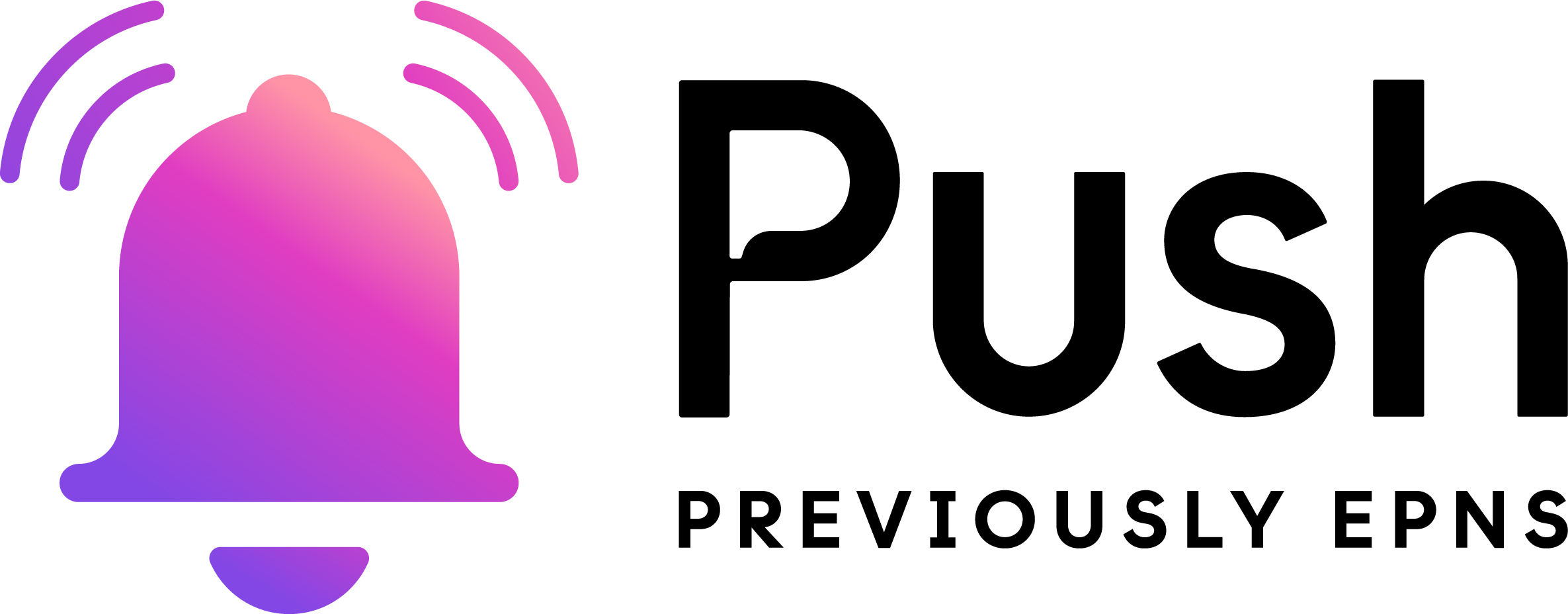Push protocol is evolving to Push Chain, a shared-state L1 designed to deliver universal app experiences (Any Chain. Any User. Any App).🚀
Push Wallet provide a secure, user-friendly, and interoperable key management solution for the Push unified network, enabling seamless interactions across multiple blockchain networks while safeguarding user security and privacy.
Push Keys offer a robust architecture for managing cryptographic keys in a secure environment, allowing users to interact with any blockchain network through a unified user profile. The architecture emphasizes security, usability, and interoperability, ensuring seamless user experience across Web3 applications while maintaining high performance and security standards.
- Keys are generated using BIP-39 mnemonic phrases and BIP-32 hierarchical deterministic (HD) wallets.
- This method allows easy backup and restoration of keys using mnemonic phrases, supporting infinite key derivations for various purposes within the Push network.
- Keys are managed within a secure, isolated iFrame environment.
- The isolated environment ensures keys are never exposed, significantly enhancing security.
- Push Key architecture integrates different wallet addresses, allowing each to sign data within the secure environment.
- A derived key from the master key is encrypted for all linked wallet accounts, facilitating seamless transaction mapping for individual wallets and the unified user.
- Session keys are generated to improve UX by reducing direct interaction with the secure environment.
- While session keys simplify user interactions, they can be automatically or manually revoked to balance security and usability.
- Transaction data can be encrypted using the derived public key of the unified user to ensure private and secure communication between participants.
- This process protects sensitive information, ensuring confidentiality and security.
- Mnemonic owners can change derived keys, effectively resetting all connected accounts, a process known as key rotation.
- This feature, along with session key revocation, ensures ongoing security by allowing users to mitigate risks if any key is compromised.
- Mnemonic Custody: The mnemonic phrase is not stored and remains solely with the user.
- Unified User Details Storage: Unified user details, along with the master public and derived public keys, are stored on Push storage nodes.
- Web3 Account Registration: Web3 accounts are linked to the unified user through transactions, with encrypted derived keys associated with each account.
- Session Key Registration: Session keys for Web3 apps are registered and linked to the unified user.
- Key Rotation and Revocation: Users can reset or revoke derived keys and session keys to maintain security and control.
-
Clone the repository:
git clone https://github.com/push-protocol/push-wallet.git cd push-wallet -
Install Dependencies
npm install
-
Run project in development mode
npm run dev
-
Run project tests
npm run test
We welcome contributions from the community! To contribute, please follow these steps:
- Fork the repository.
- Create a new branch (
git checkout -b feature/your-feature-name). - Make your changes and commit them (
git commit -m 'Add some feature'). - Push to the branch (
git push origin feature/your-feature-name). - Open a pull request.
Please ensure your code adheres to our coding standards and includes appropriate tests.
All crates of this repository are licensed under either of
- Apache License, Version 2.0, (LICENSE-APACHE or http://www.apache.org/licenses/LICENSE-2.0)
- MIT license (LICENSE-MIT or http://opensource.org/licenses/MIT)
at your option.




